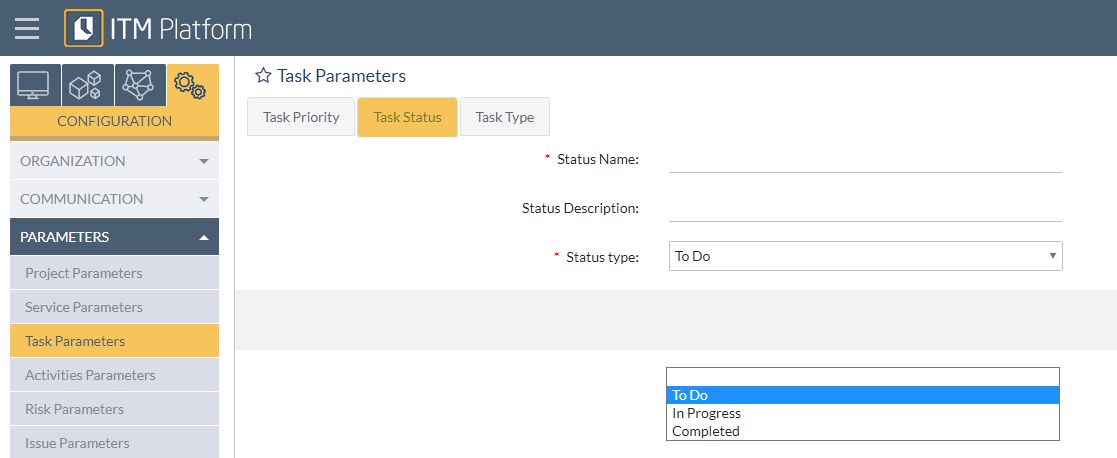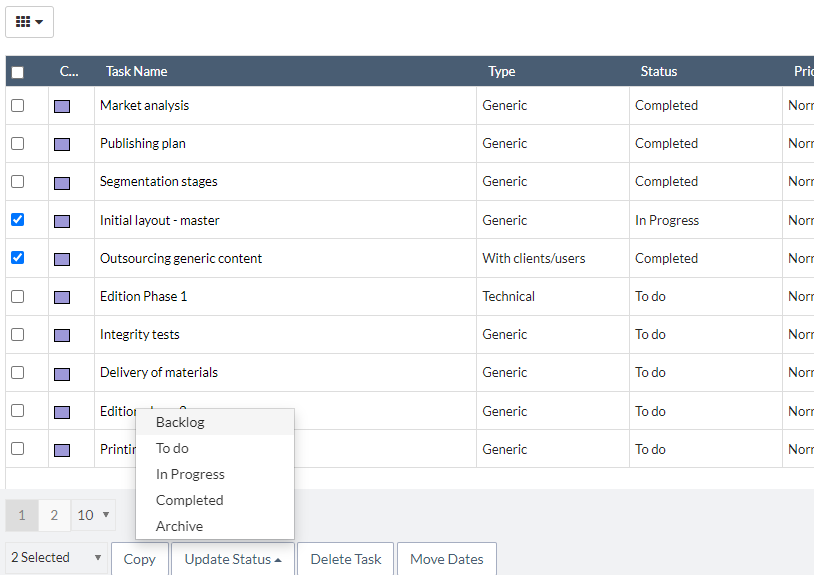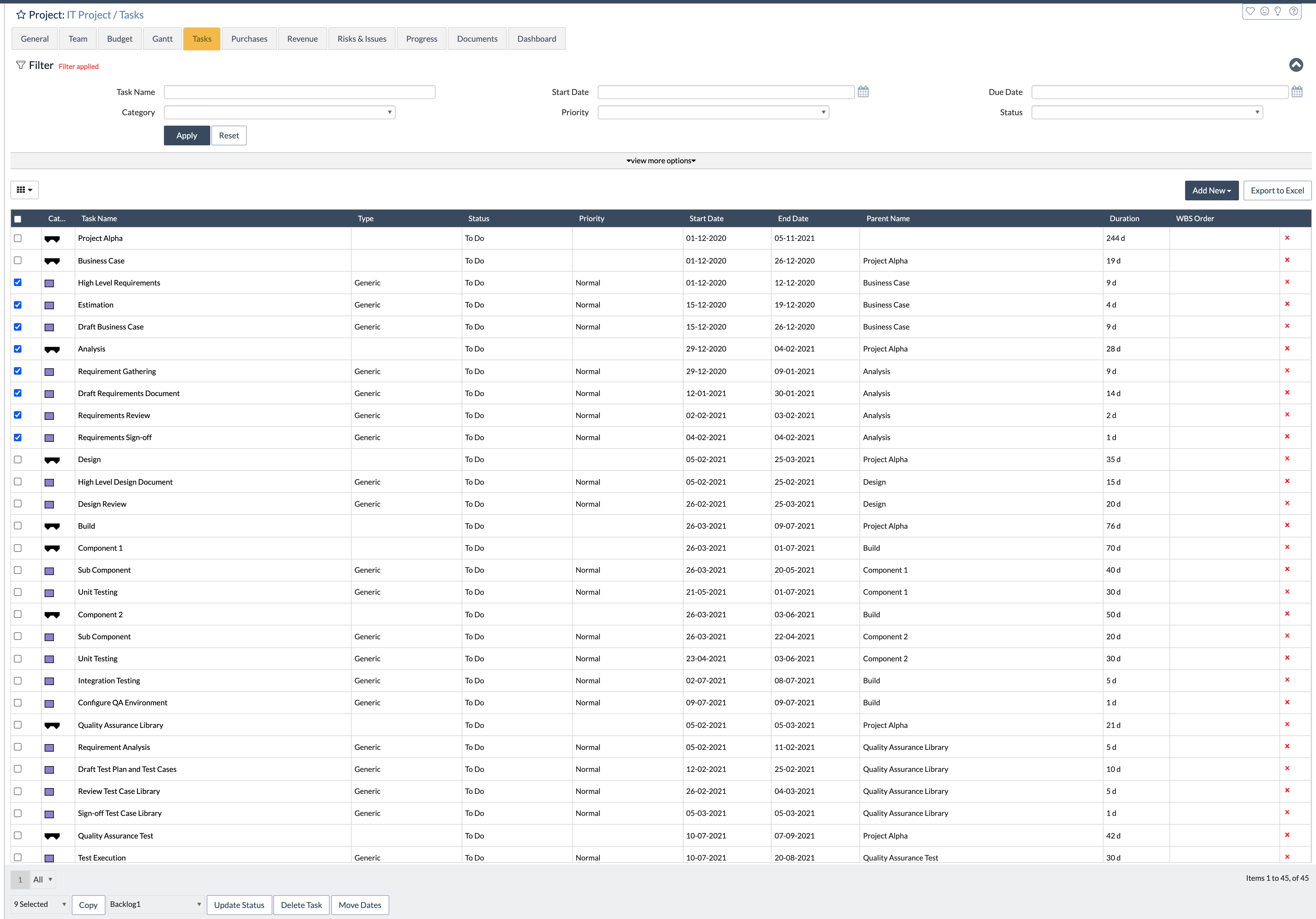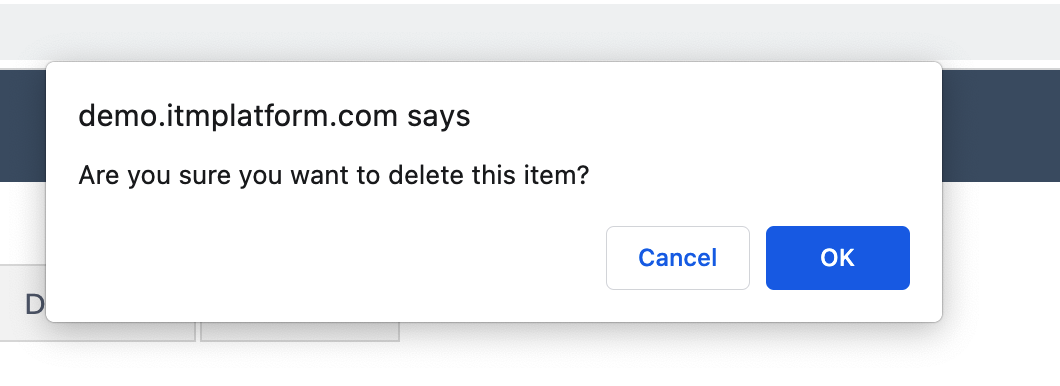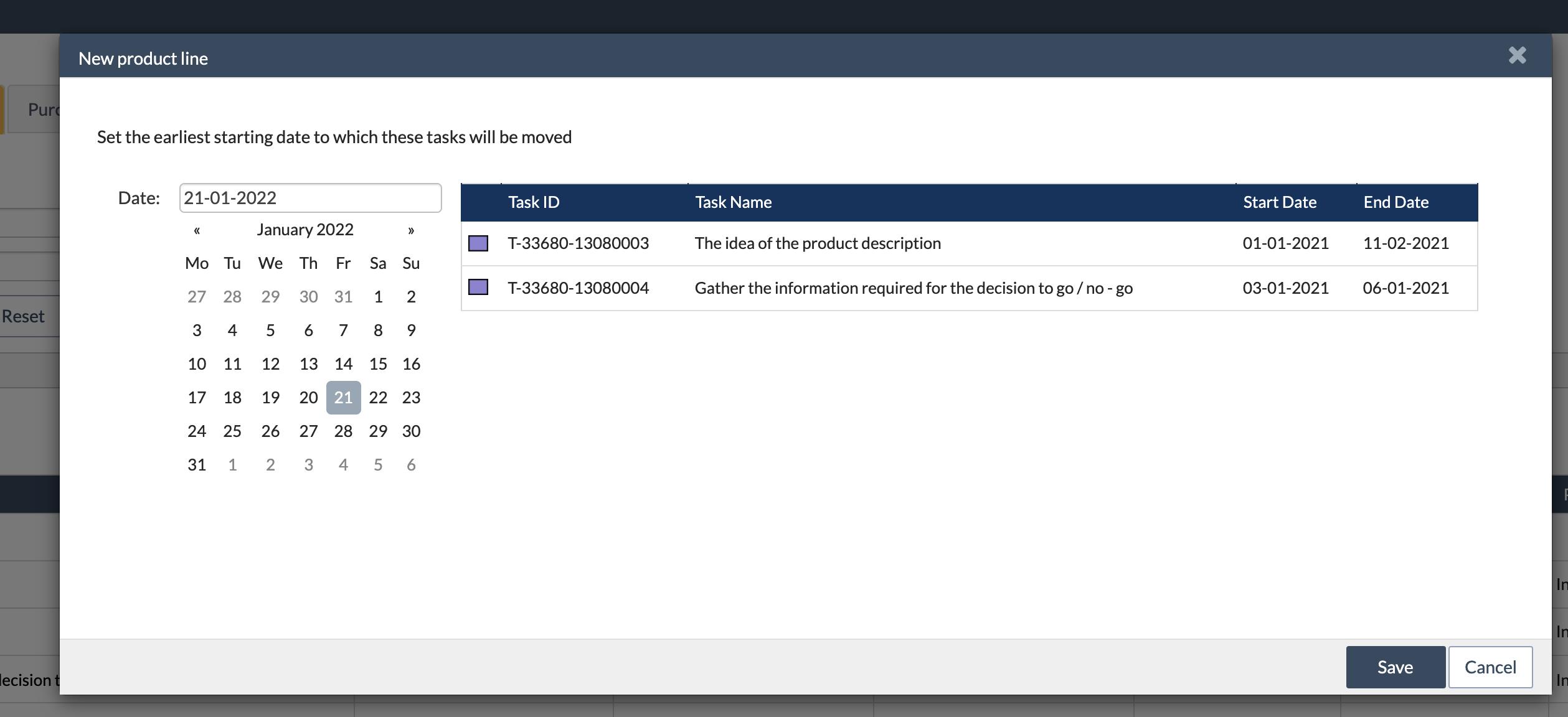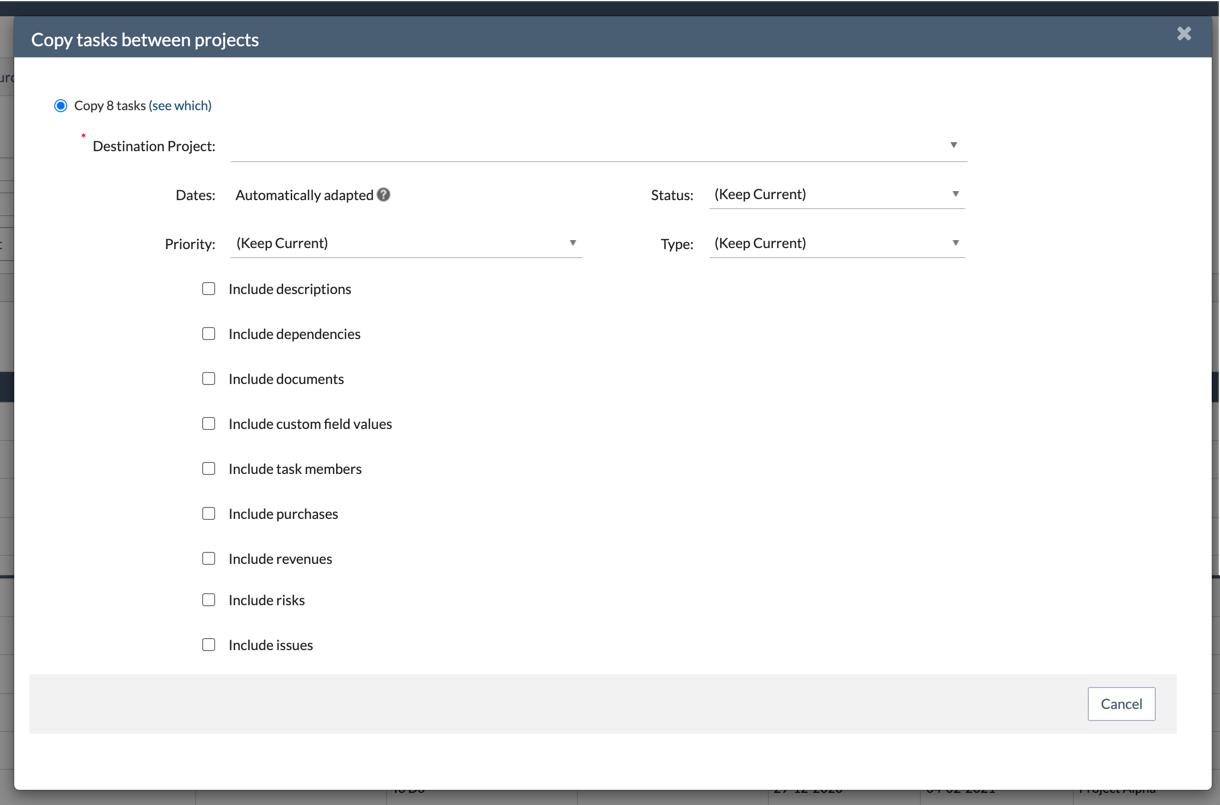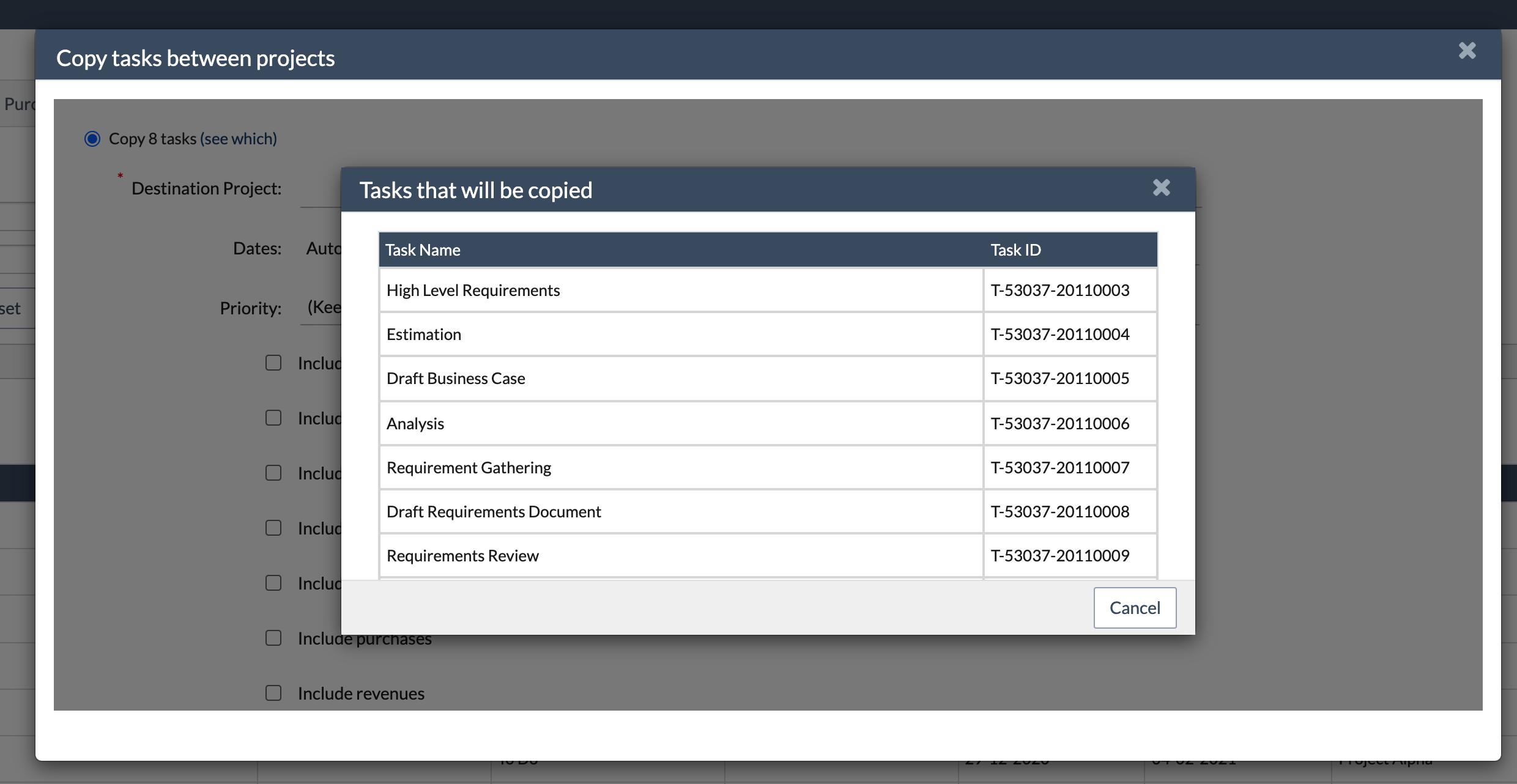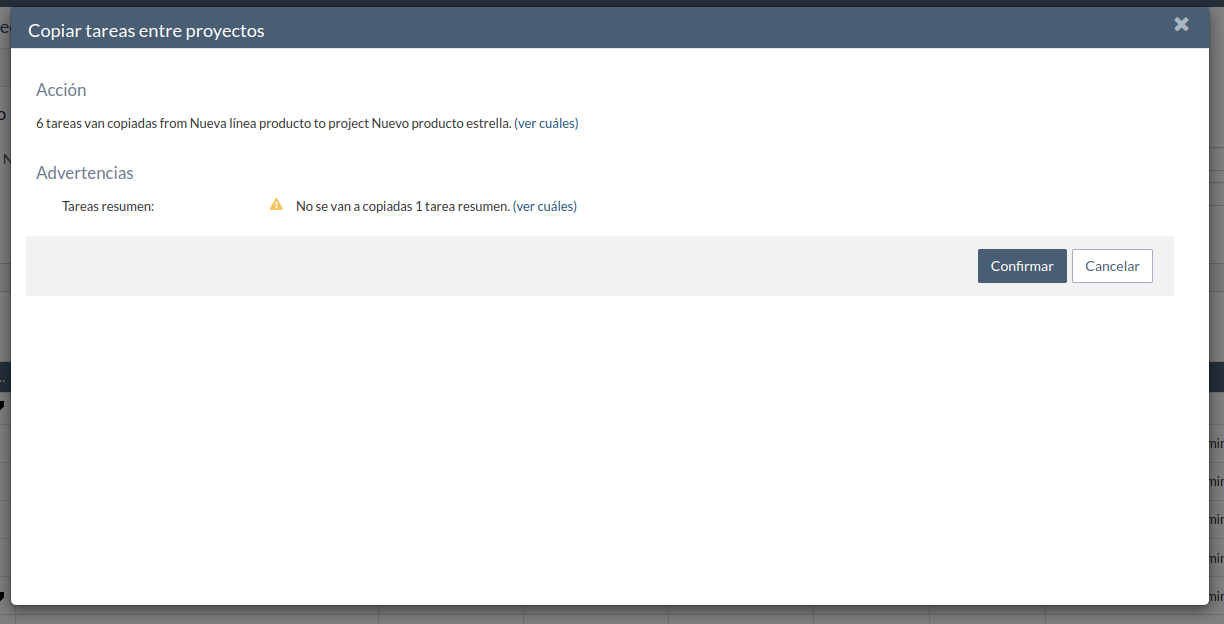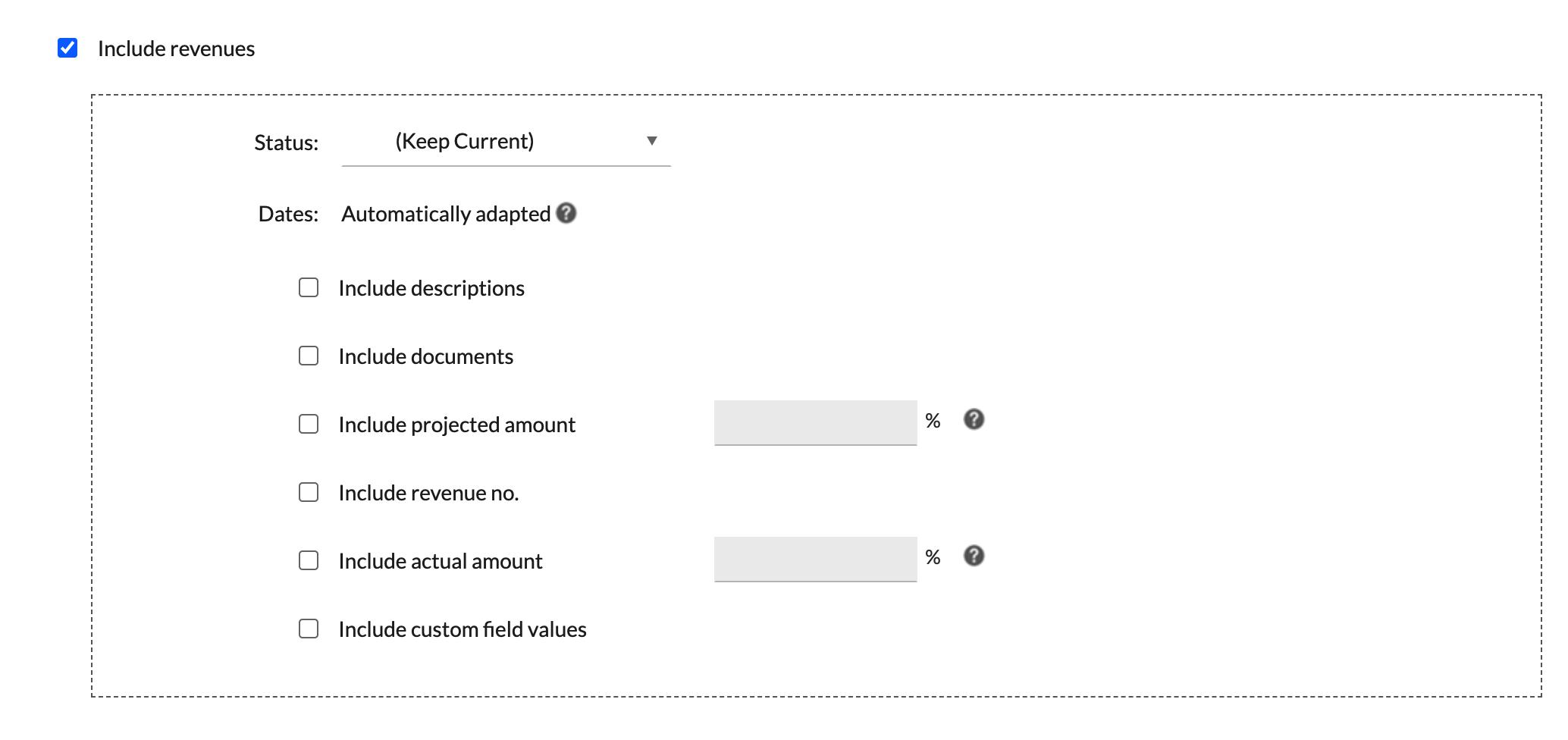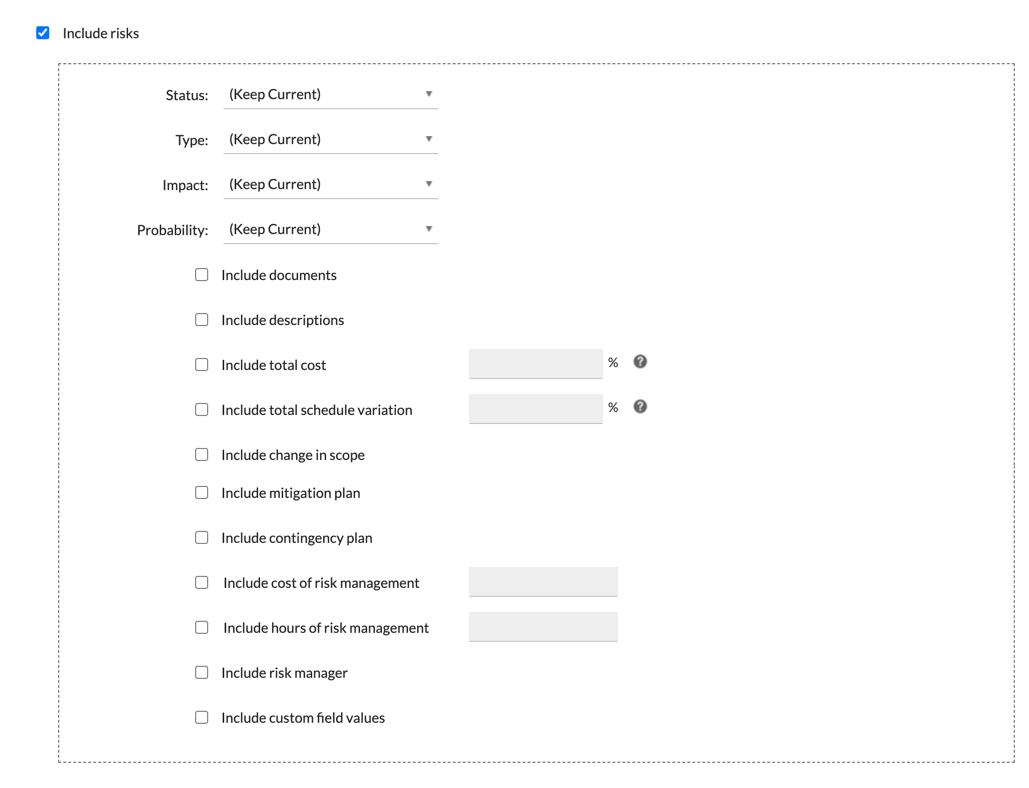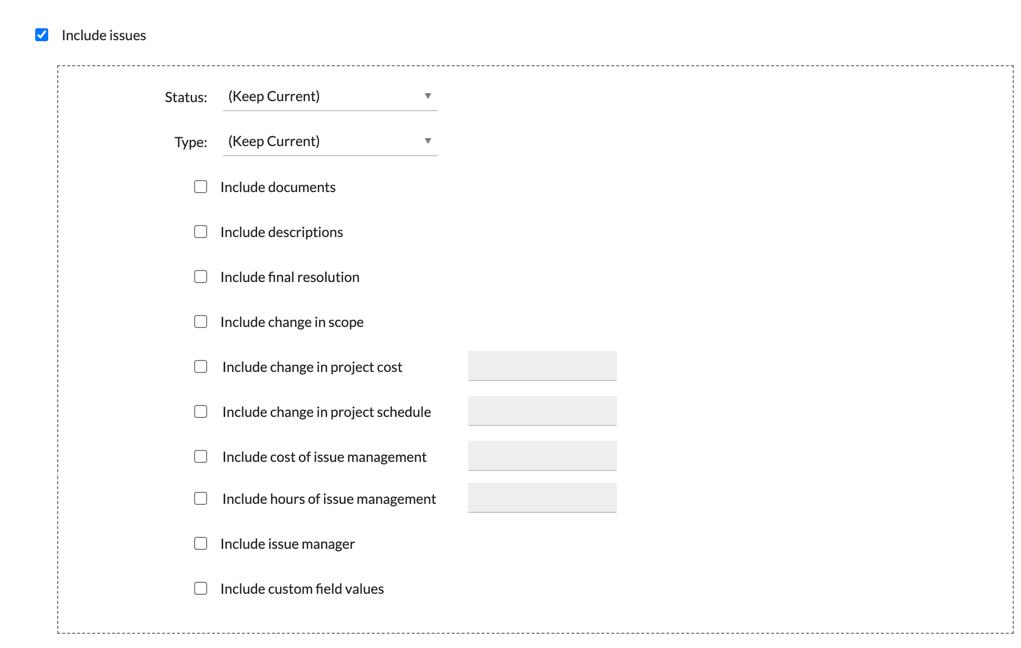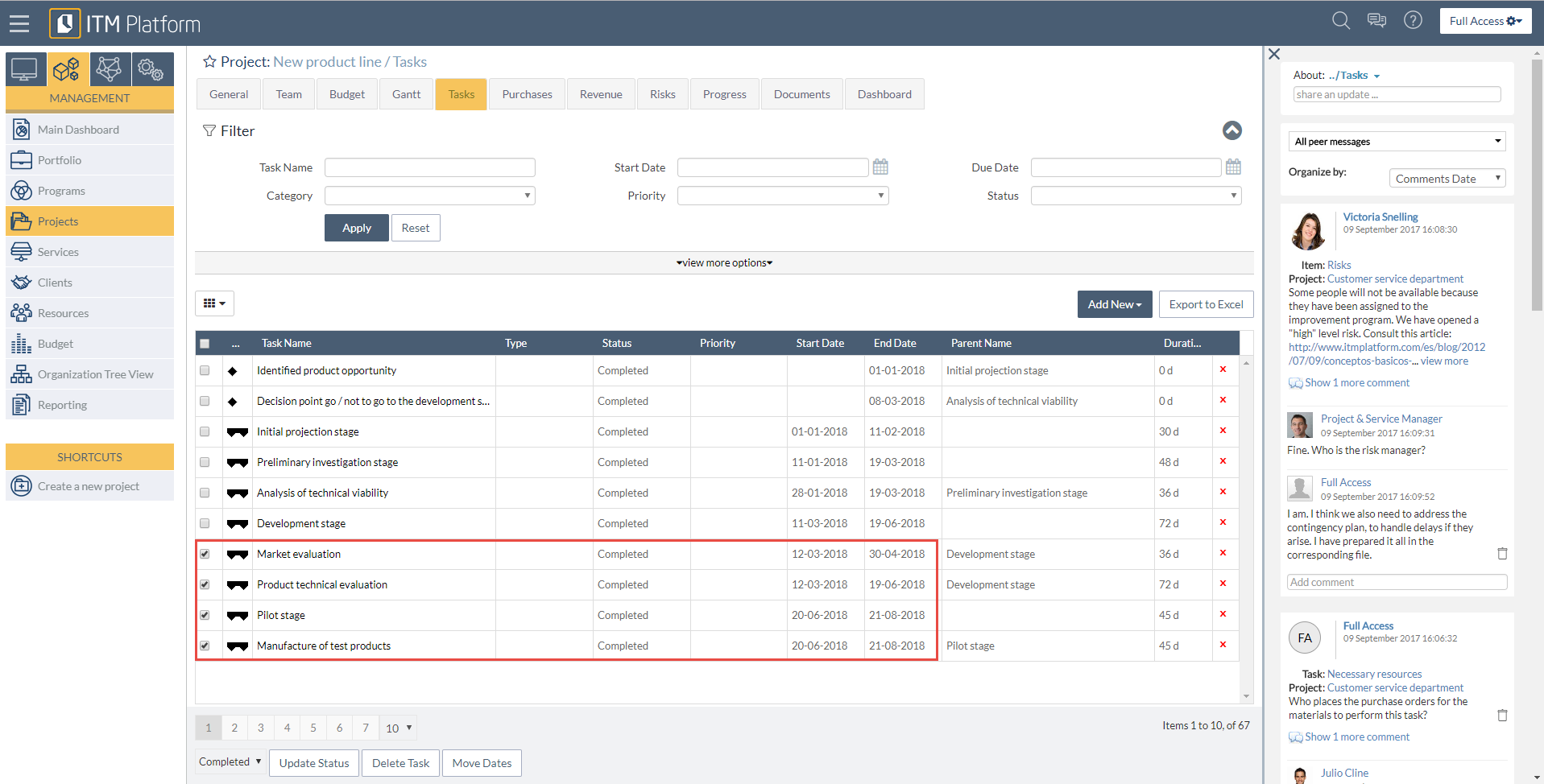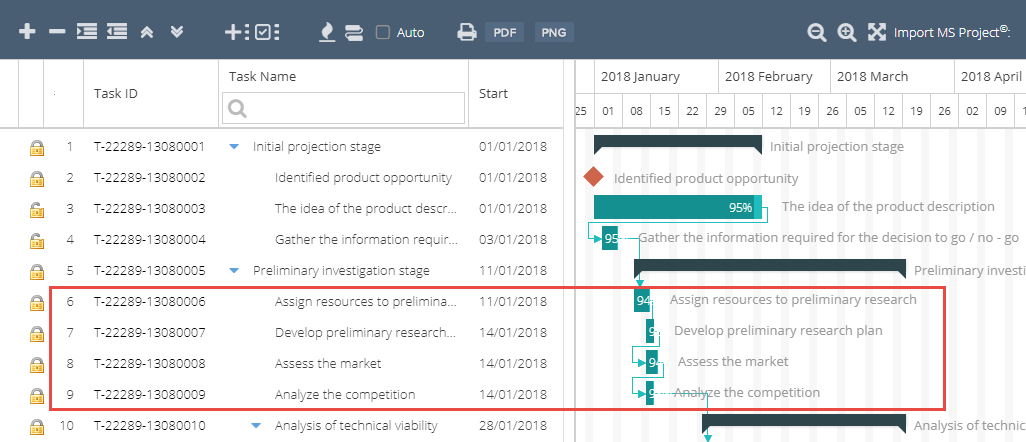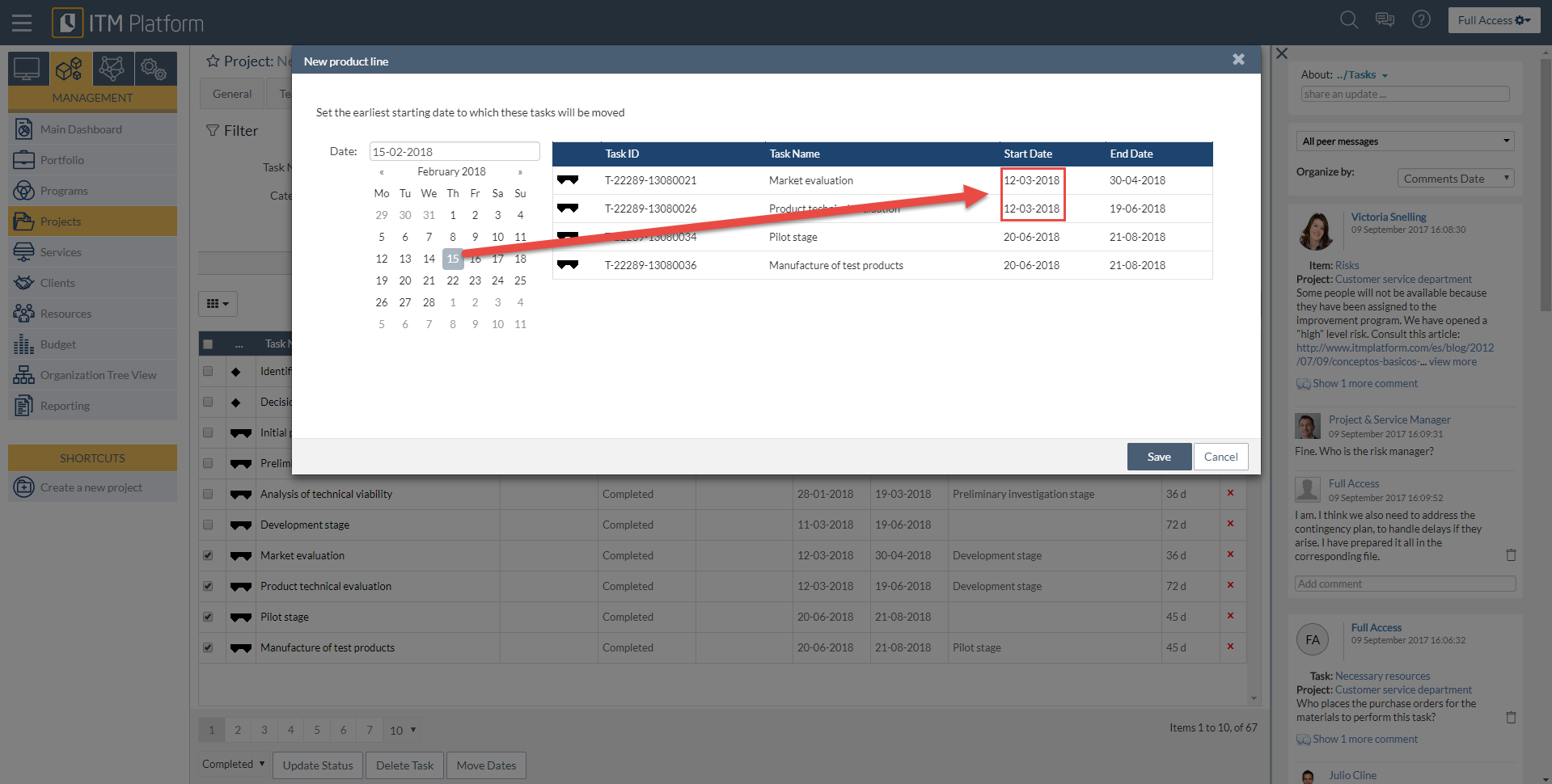AI-Generated Tasks
AI-Generated Tasks
Introduction
Whether directly with a prompt or through a meeting transcript, ITM Platform can generate a task list to help you easily create work plans.
How to Use the AI-Generated Tasks Feature
- From any section of the project where you can create tasks, select “Generate an action plan based on a prompt.” A magic wand symbol usually represents this option. For example:
Task List Agile Panel Gantt 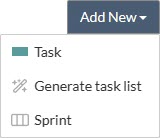


- You will see a text box where you can type or paste content on which you want the system to generate a task list. You can also retrieve the last prompt.
- You can select the generated tasks that interest you and record them. There are some differences depending on the type of project or where you have generated the list:
- From the Gantt, tasks and their dependencies will appear directly on it, giving you the opportunity to modify what you need before recording.
- From the task list and the agile panel: a dialog box will be offered to select the tasks you want to include. Depending on whether it is an agile or predictive (waterfall) project, dependencies and other features dependent on the project management model will be shown.
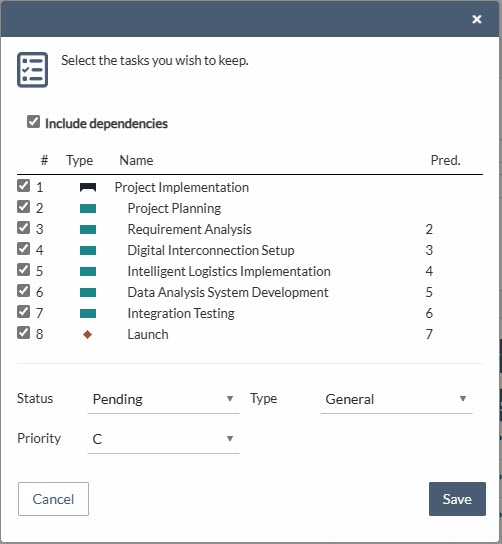
How It Works in the Background
The AI task generation function works by:
- Capturing, processing, and sending the prompt to the AI model along with instructions to generate a work plan.
- Data processing: The AI data is processed by the ITM Platform, adding information that does not require AI, such as dates, dependencies, or basic characteristics of the tasks.
- Approval and saving: The user can review and accept this plan before recording.
Security and Data Handling
- Third-party AI systems: We use advanced AI systems like Azure AI and OpenAI for processing.
- Data anonymity: Identifiable company data or project names are not shared. Ensure the prompt does not include compromising information, as this content is beyond ITM Platform’s control.
- Encryption and privacy: All communications are encrypted. There is no data retention in third-party services, nor is your data used to train other models.
- Supervision and labeling of sensitive content. If offensive or inappropriate material is identified, the provided content is carefully examined and marked.
The AI task generation feature on ITM Platform facilitates the creation of work plans and can synthesize a large amount of information into clear and concise action points.

